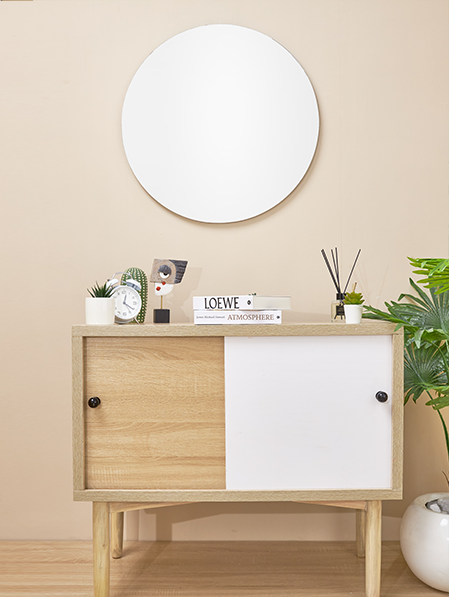In today's fast-paced world, where urban living often means sacrificing space for convenience, the concept of minimalism has emerged as a guiding principle for many.
The essence of minimalism lies in simplicity, functionality, and the intentional removal of excess. When it comes to furnishing small spaces, adopting a minimalist approach can not only maximize the available area but also create an environment of tranquility and spaciousness.
In this post, we explore the art of simplicity through the lens of minimalist furniture in small spaces.
-
Start with Purpose: The key to effective minimalist design in small spaces begins with a clear understanding of your needs. Before selecting furniture, evaluate how each piece will serve its purpose in your space. Opt for multi-functional items that can fulfill multiple roles, such as a sofa bed or a coffee table with hidden storage compartments.
-
Choose Clean Lines and Neutral Tones: Minimalist furniture is characterized by clean lines, simple shapes, and a restrained color palette. When furnishing a small space, opt for furniture with sleek profiles and minimal ornamentation. Neutral tones like white, beige, and grey can help create an illusion of openness and airiness, making the space feel larger than it is.
In conclusion, the art of simplicity lies at the heart of minimalist furniture in small spaces. By embracing minimalist principles, prioritizing functionality, and selecting pieces that embody clean lines and neutral tones, you can create a harmonious and tranquil living environment that maximizes space and enhances quality of life. Remember, it's not about how much furniture you have, but rather how well it serves its purpose in creating a space that feels open, inviting, and effortlessly stylish.





Leave a comment